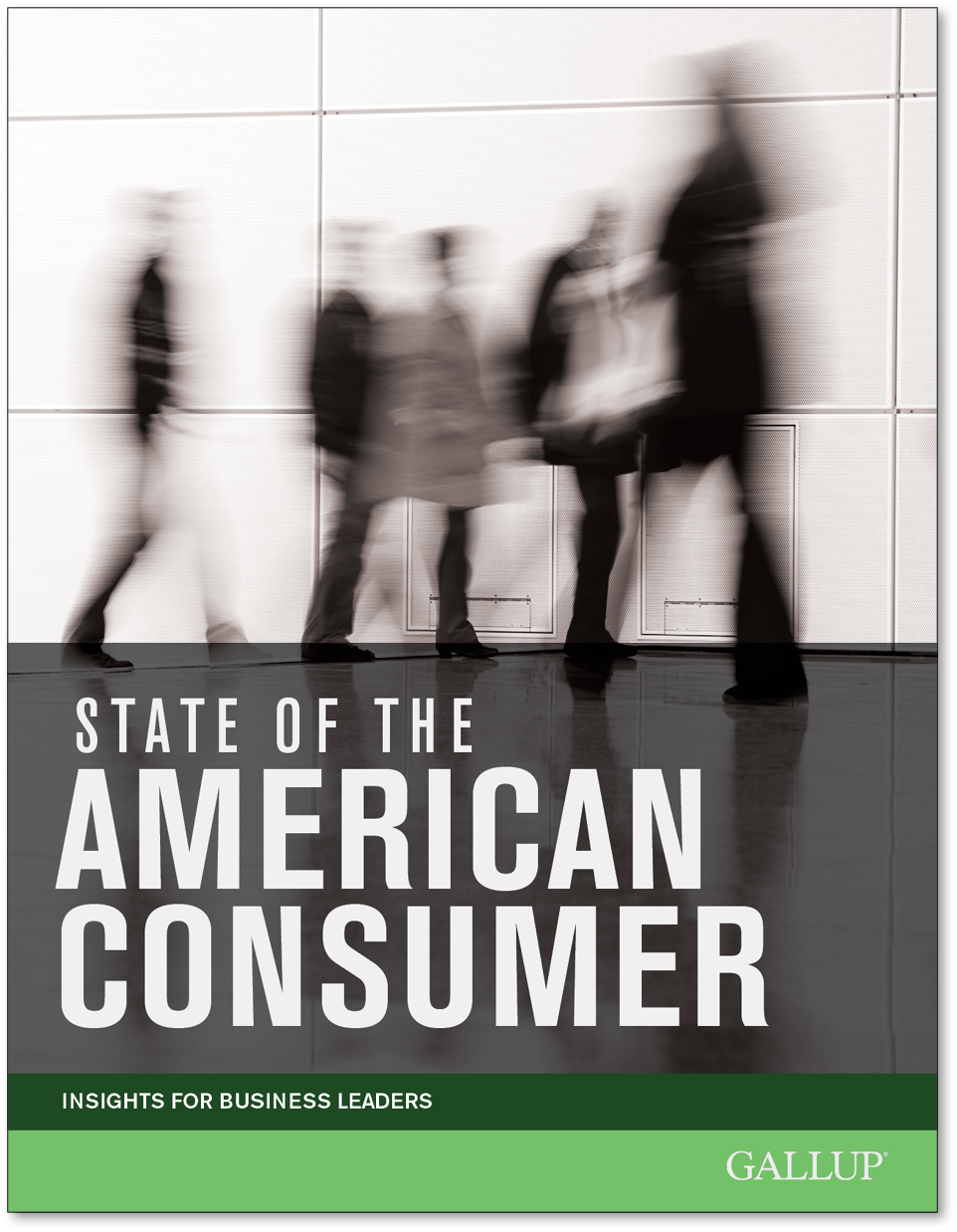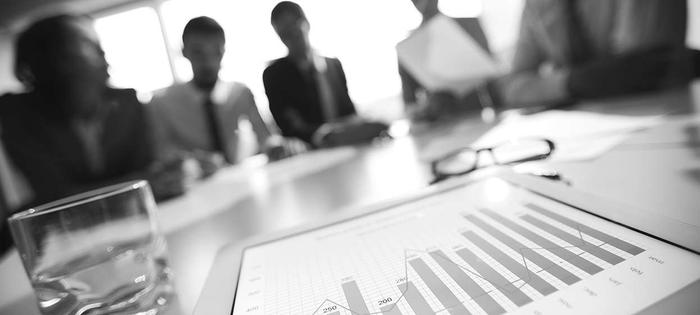The financial collapse in 2008 and the ensuing Great Recession have changed American consumers. Millions of people lost their jobs; spending and investment evaporated; and bankruptcies and foreclosures intensified. Consumers lost confidence -- not just in the U.S. economy, but in their own financial security, too. These negative effects continue to stall economic growth.
While many factors affect growth predictions, much of the nation's ability to rebound rests with consumers and how much money they are comfortable spending. Gallup research indicates that consumers today are feeling better about the economic climate in the U.S. and are spending more money. However, their spending has not reached pre-recession levels. For many consumers, the economic downturn left lasting financial and emotional scars.

These findings are from the State of the American Consumer: Insights for Business Leaders report, which Gallup released Monday. The report shares data from Gallup's ongoing study of U.S. consumers from 2008 through 2014 and examines how consumer spending, confidence, and expectations have shifted because of the economic downturn. It offers advice on how companies can more effectively measure and manage their own customer engagement in this new normal and on how leaders can improve customer engagement and organizational performance.
Here are some key insights from this report:
- Gallup's Economic Confidence Index, although still in negative territory, shows that American consumers are more confident in the U.S. economy now than they have been in the past six years. The index averaged -16 for the first quarter of 2014, which is 32 points higher than the average for 2008.
- Daily spending in the first quarter of 2014 reached an average of $84. While this showed an improvement over recent years, daily consumer spending still trails behind the 2008 average of $96.
- The percentages of U.S. workers who said they were worried about job security or reductions in wages or benefits were nearly as high in 2013 as they were in 2009 and nearly double the levels seen in 2008.
- Gallup research has found that customers who are fully engaged represent an average 23% premium in terms of share of wallet, profitability, revenue, and relationship growth over the average customer. In stark contrast, "actively disengaged" customers represent a 13% discount in those same measures.
- Companies that engage both their employees and their customers gain a 240% boost in performance-related business outcomes.
- Retail banking customers who are fully engaged bring 37% more revenue per year to their primary bank compared with those who are actively disengaged.
- Just 5% of consumers who use social media say these channels have a "great deal" of influence on their purchasing decisions, while 62% say they have no influence at all. Gallup research reveals that friends, in-store displays, television commercials, and even mail catalogs and magazines have more influence on consumers' purchasing decisions than social media.
- Consumer electronics shoppers who are fully engaged make 44% more store visits in one year than shoppers who are actively disengaged. On average, they spend $373 per shopping trip, while actively disengaged shoppers spend $289 per trip.
For more findings, read the full report and visit Gallup's Customer Engagement Webpage.
